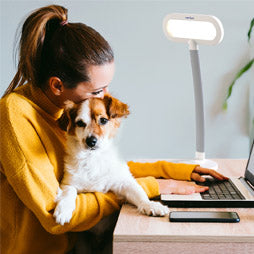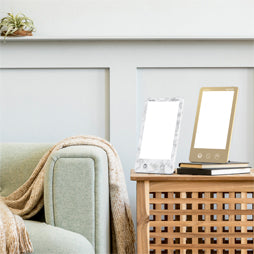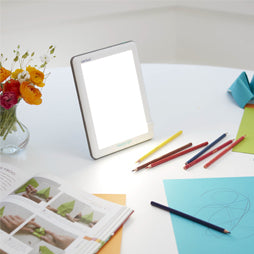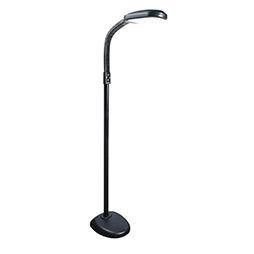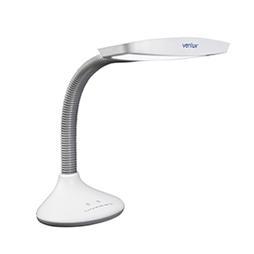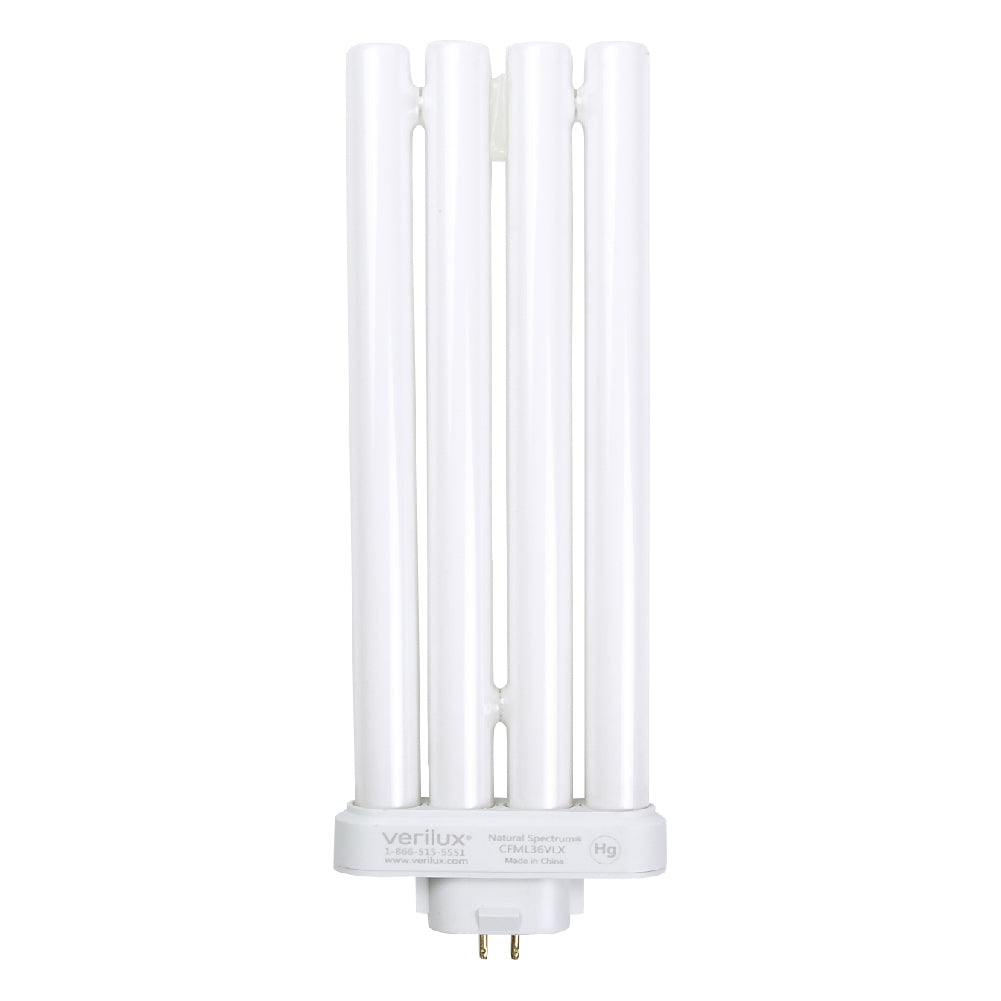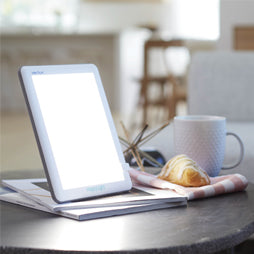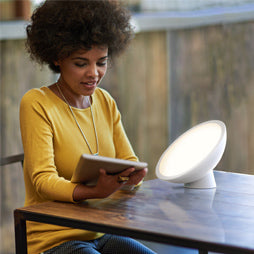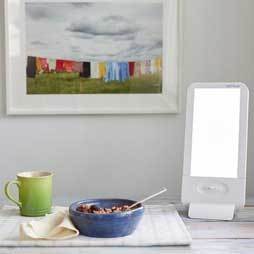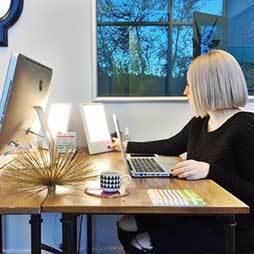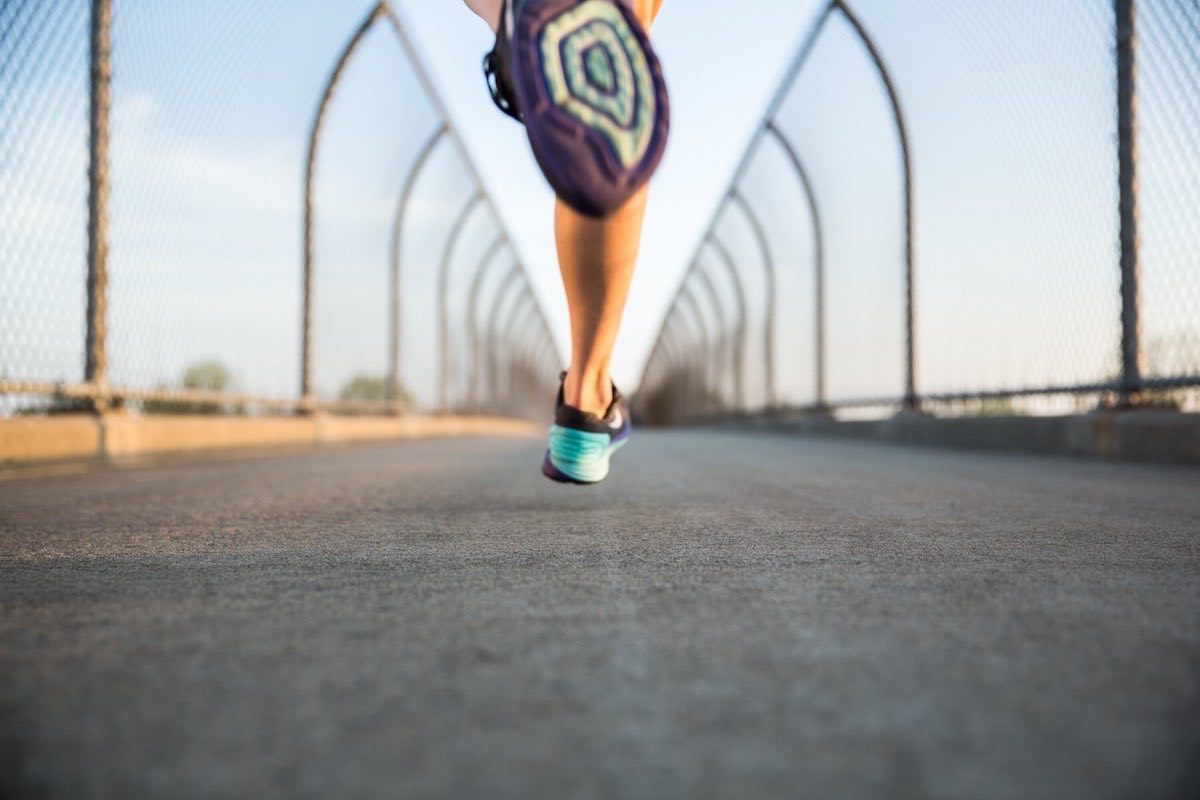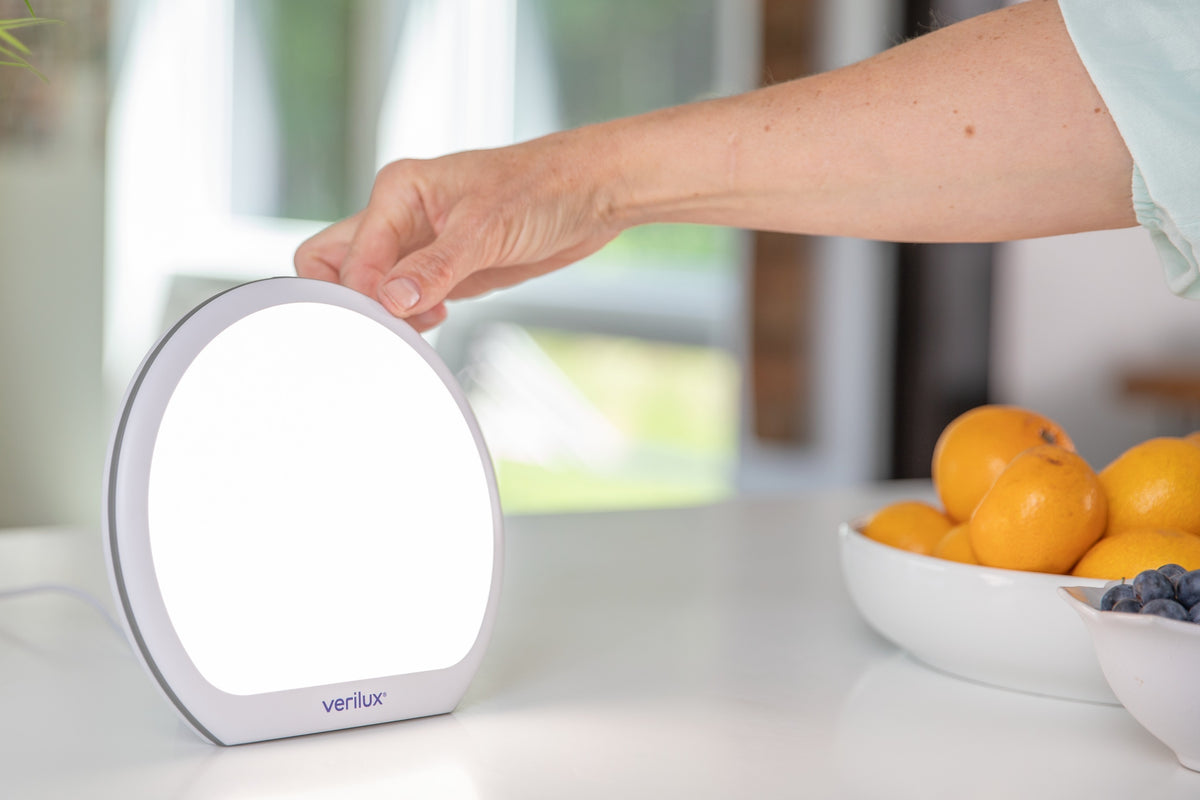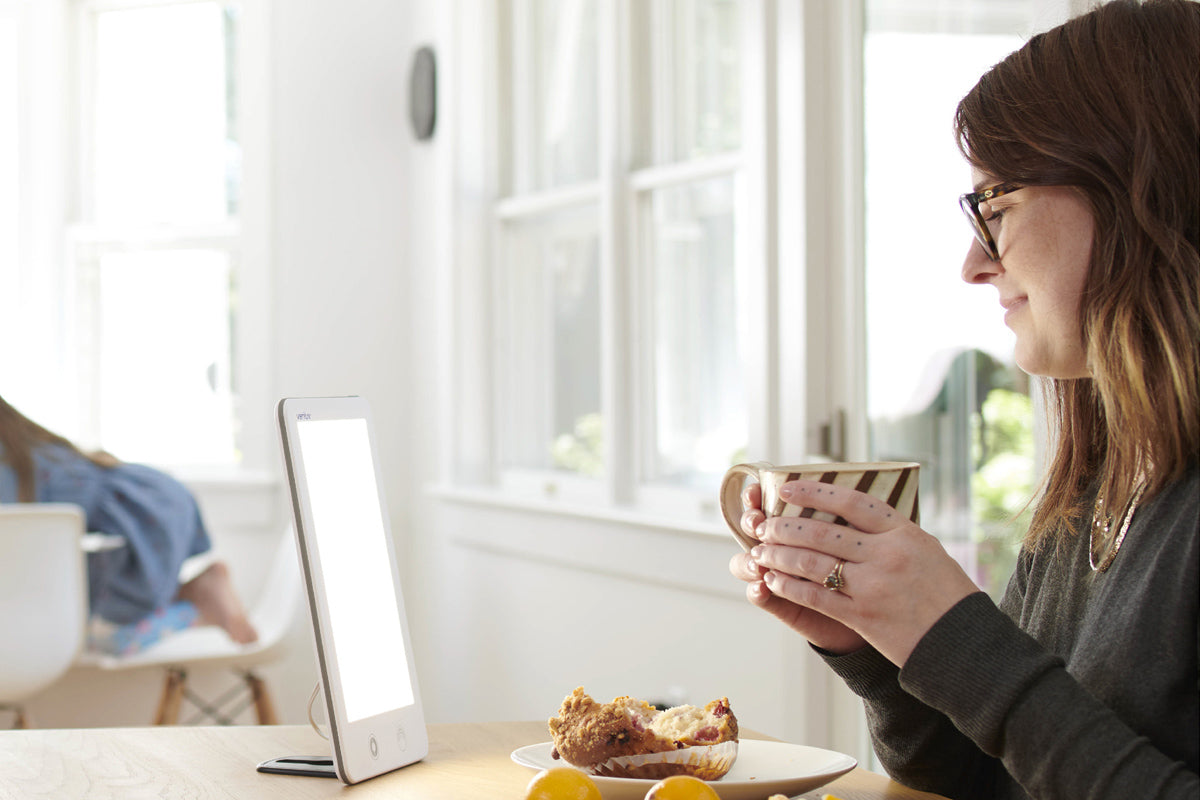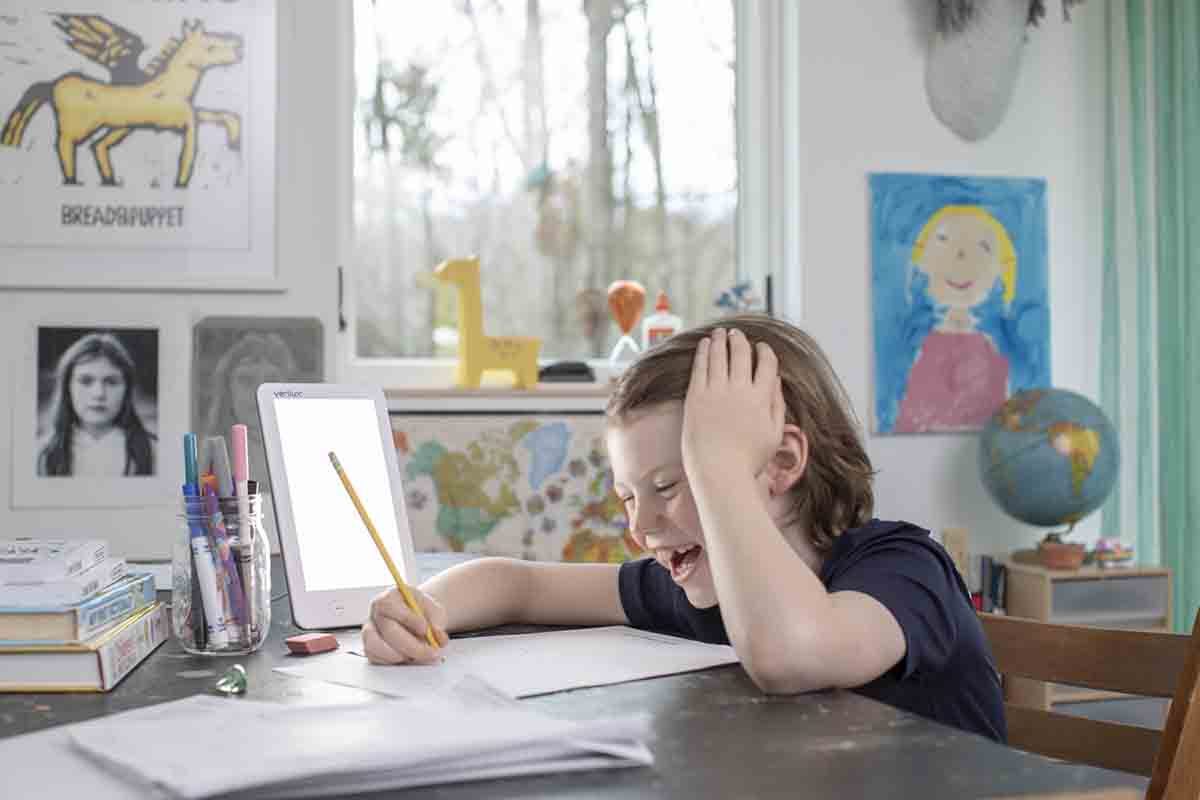Anyone who pays attention to health news knows that exercise is everything—it keeps you lean, improves circulation, regulates your hormones, influences sleep. Health evangelists have preached about the benefits of exercise for seemingly as long as public health advice has been available, but our understanding of exactly how exercise is beneficial has evolved in recent years. Exercise has a biological effect on our ability to endure stress at the cellular and psychological level, and new studies show that when you pair cardio with light exposure, there are a host of mood-boosting, wellness-enhancing benefits. Below are 5 ways that light can optimize or inhibit your workouts.
The first and most studied way that exercise can work synergistically with light is what I like to refer to as the JLR, aka a “Jet Lag Reset.” If you run or work out OUTSIDE within 24 hours of landing on a flight, your diurnal rhythm resets to the local environment.
Don’t believe me? Try going for a run or vigorous walk in the sun the morning after a night flight. Exercising will kick your jetlag and leave you feeling energized and well-rested, even if you aren’t. Apparently, by combining exposure to natural light with the immune system stimulating, happiness hormone-inducing effects of exercise, the body snaps into action and starts metabolizing energy more efficiently. It’s amazing how the body rises to the occasion and responds to its surroundings in this way; even when we aren’t conscious of it, our bodies are constantly working to make waking up more comfortable. (This information is easier to process after a morning cup of coffee, but still.)

There are other benefits to exercising in the peak sun of midday, as well. Firstly, if you exercise during the middle of the day, your body is more “warm” and “loose” from being awake and mobile for a few hours. As a result, people who exercise later in the day experience fewer injuries than those who exercise first thing in the morning. With respect to light, however, midday workouts also have big physiological perks. When you exercise outdoors, your brain signals your body to absorb more Vitamin D from the sun, which in turn fortifies your alertness and fine tunes your circadian rhythm. (This, in turn, helps you sleep more soundly at night.) To maximize Vitamin D absorption, it’s most beneficial to work out in the sun at noon. As research in the US National Library of Medicine explains: “To get an optimal vitamin D supplement from the sun at a minimal risk of getting cutaneous malignant melanoma (CMM), the best time of sun exposure is noon.” (Interestingly, this same research suggests that postponing your light exposure to later in the day may even increase the risk of getting cutaneous malignant melanoma, but that’s a story for another time.)
Either way, if you exercise AT ALL— no matter what the time of day —you will sleep better at night. Exercise is critical for our bodies’ ability to rest; it is the yin to sleeping’s yang. It also prevents wrinkles by improving our body’s ability to cope with oxidative stress from pollution, free radicals, sunlight, and anxiety. (A healthy diet, it seems, can only go so far.) Last year, the New York Times ran two huge articles espousing these incredible benefits of exercise, in one case even citing a study in which older men and women registered as 30 years younger as a result of regular exercise throughout their lives—even when they exercised outdoors, which in theory should promote premature photoaging.

Needless to say, experiencing the benefits of sunlit exercise doesn’t have to be an exclusively “summer” thing. A sunny day on the winter slopes is the perfect cure for seasonal affective disorder, which many seasonal outdoor exercisers face during the coldest months of the year. The multiplying effects of albedo (when sunlight bounces off of white snow) creates an intense, sunny experience. In this way, those seeking sun can get more “bang for their buck” when they practice winter sports and other snow-related activities (which means you don’t need to travel to the tropics to get your natural light exposure).
Indoors, light plays a role in exercise hygiene, as well. Exercising in the morning and at night both help you sleep better-- but if you go to the gym at night, don’t choose a treadmill right under the fluorescent light! It helps to choose a machine in between, rather than directly under, a light source.

Staying away from extremely bright light at the gym is beneficial for sleep because, in the same way that exposure to blue light from our phones, televisions, and computers makes us feel more alert during the day, exposure to blue light from fluorescents can render us too alert for sleep. As a result, some upscale gyms are changing light systems in favor of ones that are more gentle on the eyes. Many yoga studios, for example, are starting to conduct their nighttime classes in dimly-lit rooms or by candlelit, a practice that can kickstart melatonin production.
But there's also a benefit to blue light, which occurs naturally in sunlight. Exposure to blue light early in the morning, as mentioned above, will make you feel more energized and focused during your waking hours. Research from Brigham and Women's Hospital also indicates that blue light can help you wake up when you need to be alert. (If you’re looking to cut out caffeine, this might be worth exploring.)

Either way, by following the sun and paying attention to how it moves throughout the day, your body will optimize for both waking and sleeping hours. The exercise-induced euphoria that so many runners, cyclists, walkers, and yogis experience is only enhanced by being out the sun (or near a sunny window) while exercising.
So, when it comes to physical fitness, embrace the light. Make it part of your life. Doing so is part of human nature, despite countervailing wisdom that suggests we should always hide from the sun. This advice is helpful in moderation, of course-- but we are sun-seeking creatures, and we have been throughout history. Long before the lightbulb was invented, the earliest civilizations based their lives around the movements of the sun-- whether it was through the use of sun dials, crop rotation, or the cycle of sleeping and waking. Today, our perspective is more sophisticated, but the root understanding hasn’t much changed. As Plato once said: “We can easily forgive a child who is afraid of the dark; the real tragedy of life is when men are afraid of the light.”
***
About Molly

Molly Beauchemin is a writer, culture critic, and the Editor-in-Chief of Grace & Lightness Magazine, a critically-acclaimed mental wellness and lifestyle magazine that celebrates a better way to live. Grace & Lightness explores mental health and happiness through beautifully-curated travel experiences, carefully researched tips and discussions with wellness experts, bio-hacks for stress relief, cultural analysis, and ideas that encourage wonder, novelty, and awe. She lives with her husband in New York City.
Outside of Grace & Lightness, Molly has worked and written for some of the world’s leading media brands, including Condé Nast, National Geographic, and MTV. Her work focuses on exploring culture and creativity, which has taken her all over the world. Through these travels she continues to explore the universal reach of mental wellness, meaningful engagement, and what it means to live with purpose and passion in the digital age.

